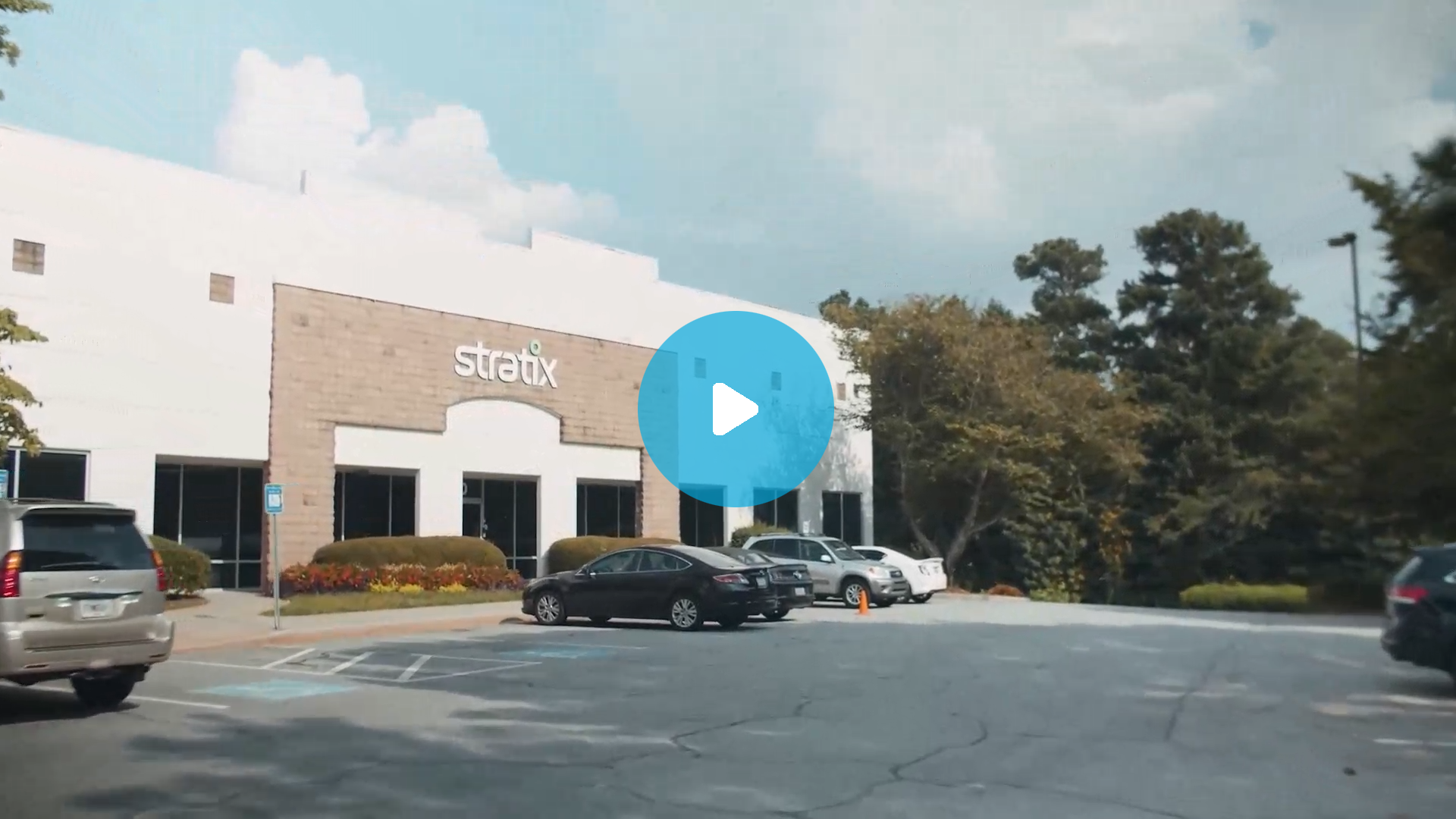How Can Endpoint Management Challenges Be Solved?
Blog
In today’s work-anywhere world, the number of devices your organization depends on has exploded. Smartphones, tablets, rugged handhelds, laptops, IoT sensors—all critical, all connected, and all potential entry points for security risks.
For IT leaders, the challenge isn’t just about keeping up; it’s about staying ahead and regaining control. Without the right strategy and tools in place, unmanaged or poorly managed endpoints can lead to costly downtime, frustrated employees, and increased security threats.
That’s where Omnissa’s Workspace ONE changes the game. By unifying device management, security, and user access into a single platform, it helps organizations regain control, reduce risk, and deliver a better experience for employees and IT alike.
The New Reality is Too Many Devices and Too Little Visibility
The modern enterprise runs on endpoints — and their numbers are growing fast. The result? IT teams are drowning in complexity. Traditional endpoint management tools weren’t built to handle this level of diversity or scale. When every device has its own policies, provisioning process, and patching cycles, the chaos compounds. Recent research by Stratix found that the typical company uses between two and four different endpoint management platforms.
What’s the Business Impact of Endpoint Chaos?
Endpoint sprawl isn’t just an IT headache, it’s a business problem with real financial consequences. Among the most common pain points:
- Increased Downtime
When devices fail or fall out of compliance, employees can’t do their jobs. In industries like retail, logistics, and field services, even minutes of downtime translate to lost revenue. - Rising Security Risks
Each unmanaged or under-protected device is a potential vulnerability. With the abundance of phishing attacks, ransomware, and credential theft, a single compromised endpoint can open the door to larger breaches. - Compliance and Regulatory Gaps
For healthcare, financial services, and other regulated industries, failing to meet data security requirements can lead to costly fines and reputational damage. - IT Team Burnout
Managing multiple consoles, manual updates, and inconsistent policies drains your IT team’s time and energy, leaving little room for innovation.
Why Traditional Endpoint Management Tools Can’t Keep Up
Legacy device management platforms were designed for a simpler world—one where employees were in the office, working on a single company-issued device. Today’s environment looks nothing like that.
Organizations need:
- A unified view of all endpoints across the enterprise
- Automated workflows to handle provisioning, patching, and updates
- Centralized security policies that work across all operating systems and device types
- Scalability to onboard hundreds or thousands of endpoints without adding IT headcount
Without these capabilities, IT teams are stuck reacting to problems instead of preventing them.
The First Step: Rethinking Endpoint Management
It’s no longer enough to manage devices. You need to manage experiences, security, and scale. That’s why more enterprises are turning to Unified Endpoint Management, and why Omnissa’s Workspace ONE has become the go-to solution for organizations facing endpoint chaos.
What is Unified Endpoint Management (UEM)?
UEM is a modern approach to managing and securing all your organization’s endpoints — laptops, smartphones, tablets, rugged devices, and even IoT from a single, centralized platform. Instead of juggling multiple tools and policies, UEM solutions give IT teams one console to provision devices, enforce security, deploy apps, monitor performance, and automate updates across every operating system. The result is better visibility, stronger security, and a simplified experience for both IT and end users.
What is Workspace ONE?
Workspace ONE addresses the challenges of the modern workplace by bringing device management, security, application delivery, and user access together in a single platform. Whether it’s a rugged handheld on a warehouse floor, a sales rep’s iPhone, or a Chromebook in a classroom, Workspace ONE gives IT teams centralized control while empowering employees to work efficiently and securely.
Here’s what makes Workspace ONE stand out:
- One Platform for Every Device – Laptops, tablets, smartphones, IoT sensors, and rugged endpoints — manage them all from a single console
- Faster, Zero-Touch Provisioning – Ship devices directly to employees or field teams preconfigured and ready to use, without IT ever opening the box
- Policy-Driven Security – Automate compliance across your entire fleet with role-based policies and real-time monitoring
- Smarter Automation – Reduce manual IT work by automating patching, app deployment, and device health monitoring
- Better User Experiences – Give employees seamless access to apps and data while enforcing enterprise-grade security
Beyond the Platform: How Stratix Helps You Maximize Workspace ONE
The platform is just the start. Implementing and managing Workspace ONE at scale takes expertise — and that’s where Stratix comes in.
We help you:
- Deploy Workspace ONE with minimal disruption to your business
- Integrate it seamlessly into your existing IT infrastructure
- Provide 24/7 help desk support for employees and administrators
- Continuously optimize and secure your environment with proactive monitoring
With Workspace ONE and Stratix together, you get more than endpoint visibility — you get control, security, and the confidence to scale your operations without overwhelming your IT team. Ready to get ahead of endpoint chaos? Stratix can help you assess your current environment and show you what’s possible with Workspace ONE. Reach out today for a consultation.













